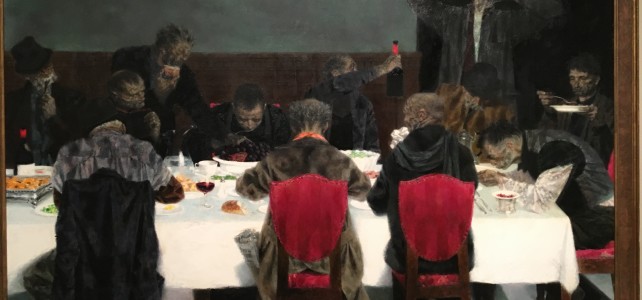To celebrate this first day of Spring, the Vernal Equinox, I gave myself the gift of a slow morning and filled it with tea, haiku, and a walk in the woods.
First, I poured myself a cup of tea, brewed from fresh ginger root and soft, sweet Medjool dates, as my Korean friend had taught me. Then, I opened a slim, old book of poetry, Haiku Harvest. I bought it when I was in high school and quickly fell in love with the old haiku masters’ elegant simplicity of word and wisdom. Finally, having nourished body and soul, I set out for a walk, stopping first at a patch of snowdrops and slightly spent winter aconite and then making my way to a small nearby woods.
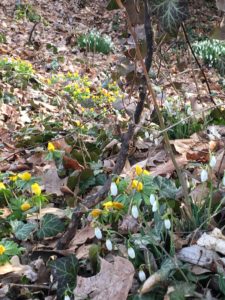
Snowdrops and winter aconite PHOTOS: Mary van Balen
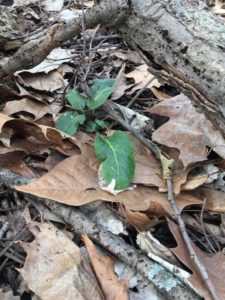
A small bit of green pushing up through last years leaves
HE IS UNKNOWN
THE POET WHO SINGS
THIS GREATEST
OF ALL SONGS — SPRING!
Shiki
HONKING WILD GEESE COME
SCRAWLING DELIGHT
IN SPRING’S COLD
PALE MORNING SUNLIGHT
So-In
I didn’t hear any honking geese this morning, but the woods were filled with chickadees flitting form tree to tree, dipping and singing spring songs. The woodpeckers remained hidden, but I could hear their calls and hollow drumming on dead tree trunks.
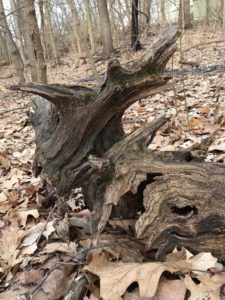
IN MY HOUSE THIS SPRING
TRUE, THERE IS NOTHING,
THAT IS,
THERE IS EVERYTHING!
Sodo
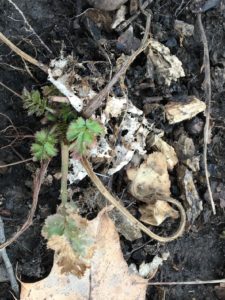
Spring greening
OUT OF ONE WINTERY
TWIG, ONE BUD,
ONE BLOSSOM’S WORTH
OF WARMTH AT LONG LAST!
Ransetsu
UNDER A SPRING MIST,
ICE AND WATER
FORGETTING
THEIR OLD DIFFERENCE…
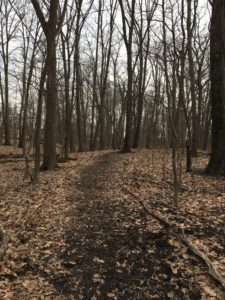
MY HORSE CLIP-CLOPPING
OVER A FIELD…
OH HO!
I’M PART OF THE PICTURE!
Basho
And so we are…
Happy Spring!
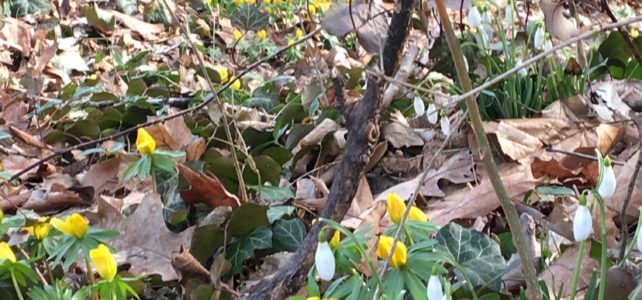
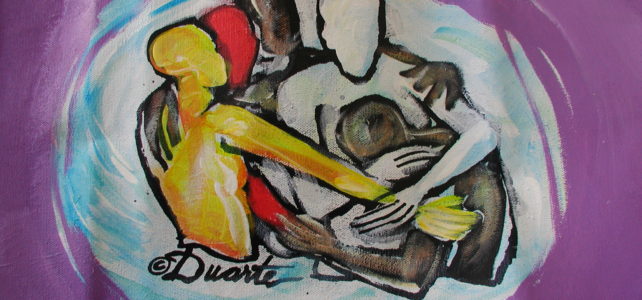
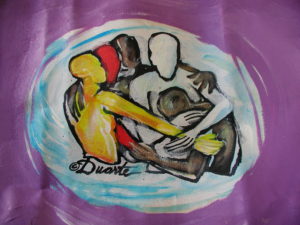
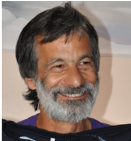
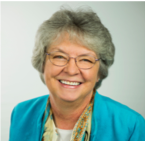 Mary van Balen is the author of four books, numerous articles, and has written the column “Grace in the Moment” for over 31 years. She holds an MA in Theology and was a resident scholar at the Collegeville Institute for Ecumenical & Cultural Research. Mary conducts retreats on topics including journaling and spirituality. She is a spiritual director, having completed the Spiritual Guidance Program at the Shalem Institute. Also an educator, Mary has worked as a classroom teacher, an enrichment consultant, and an adjunct instructor of theology. She has worked with abused women and single mothers in a federally funded poverty program for family literacy.
Mary van Balen is the author of four books, numerous articles, and has written the column “Grace in the Moment” for over 31 years. She holds an MA in Theology and was a resident scholar at the Collegeville Institute for Ecumenical & Cultural Research. Mary conducts retreats on topics including journaling and spirituality. She is a spiritual director, having completed the Spiritual Guidance Program at the Shalem Institute. Also an educator, Mary has worked as a classroom teacher, an enrichment consultant, and an adjunct instructor of theology. She has worked with abused women and single mothers in a federally funded poverty program for family literacy.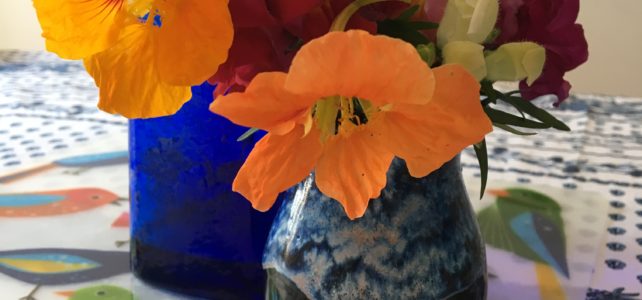
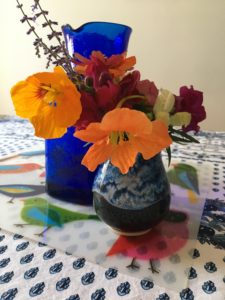
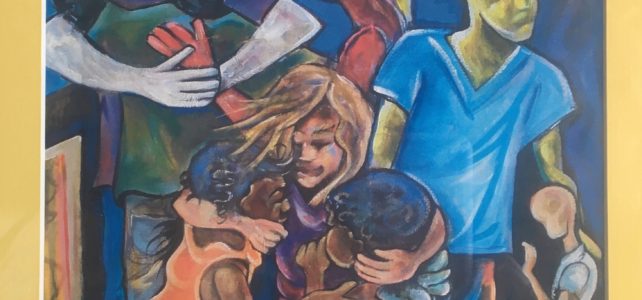
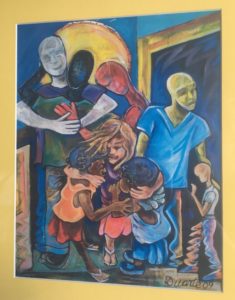
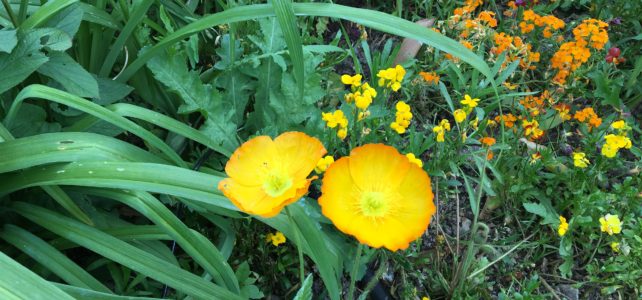
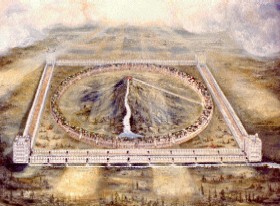

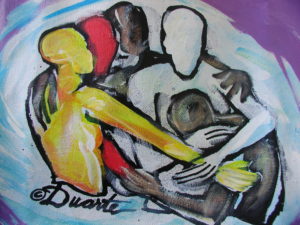
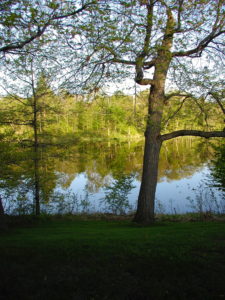
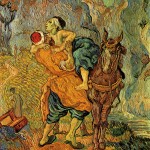
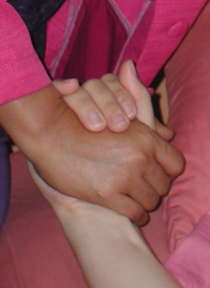 I heard him say that whatever we do to the least among us, we do to him. And when it came right down to it, when someone asked him what was most important, he had two things to say: Love God. Love your neighbor as yourself.
I heard him say that whatever we do to the least among us, we do to him. And when it came right down to it, when someone asked him what was most important, he had two things to say: Love God. Love your neighbor as yourself.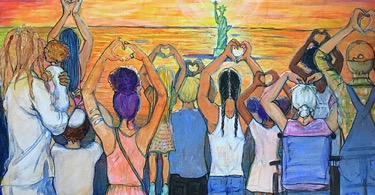
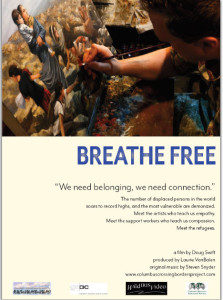
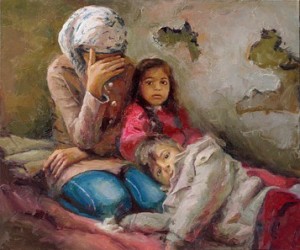
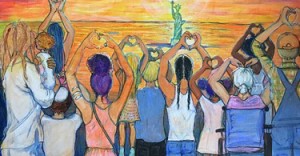
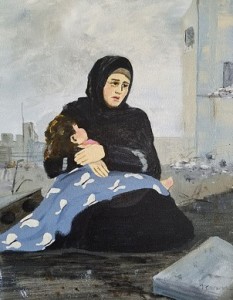
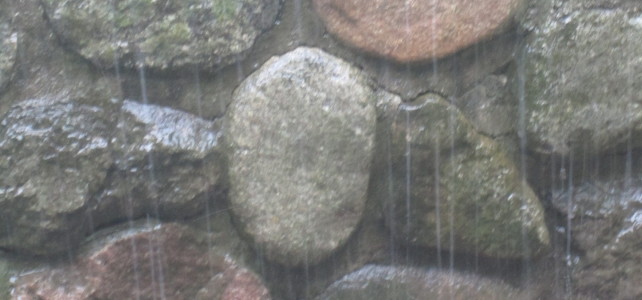
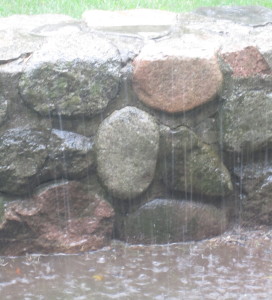
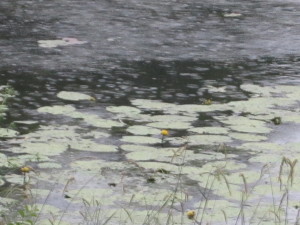
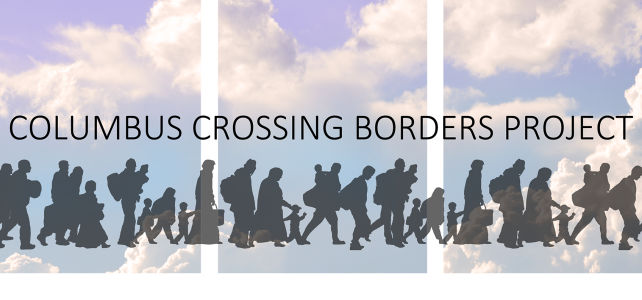
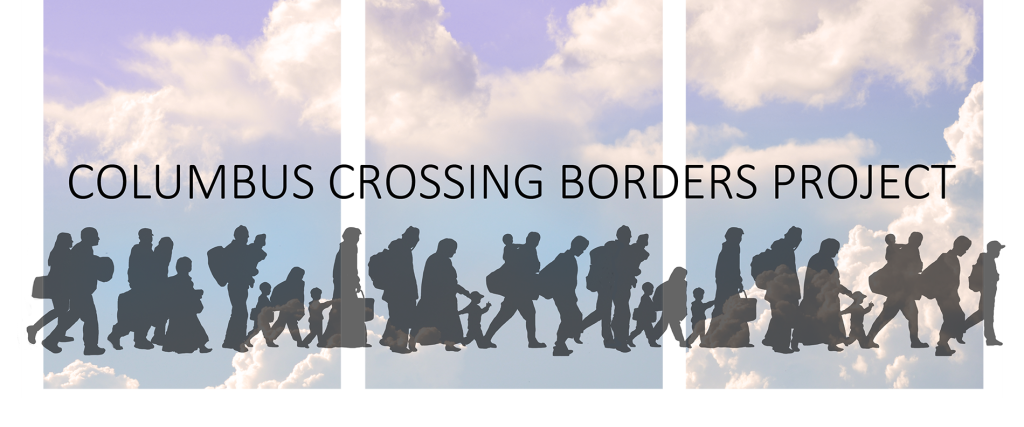 The
The 